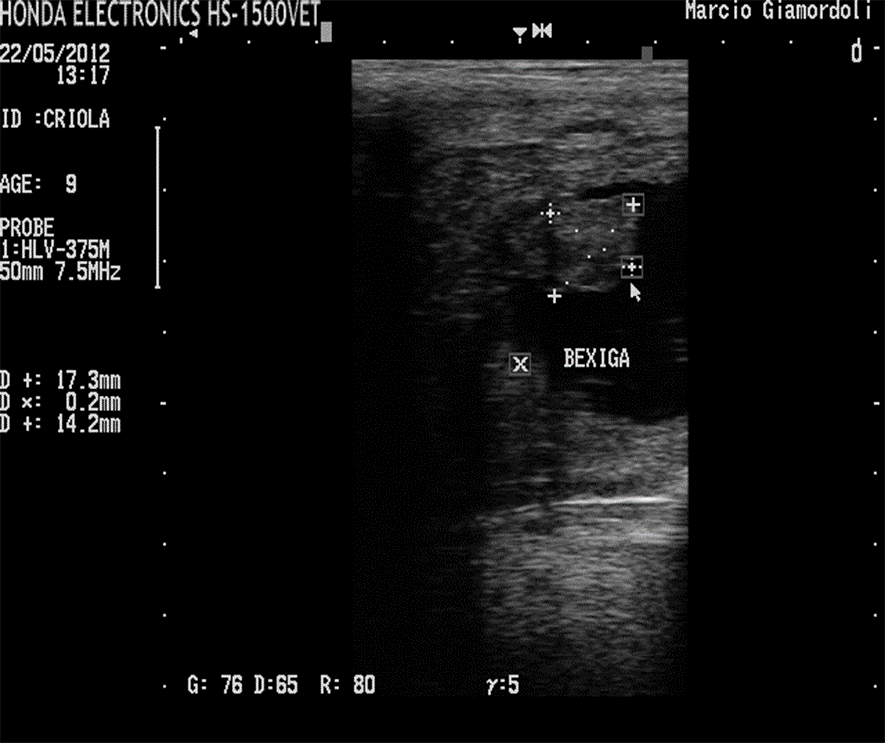Bovine enzootic hematuria in the state of tocantins and use of ultrasonography as a diagnostic method
DOI:
https://doi.org/10.21708/avb.2022.16.2.10495Abstract
Bovine enzootic hematuria (BEH) is a chronic disease caused by ingestion of Pteridium esculentum subsp. arachnoideum (Kaulf.) Thomson. This disease has great importance because it affects the animal wellbeing, causes economic losses, and hinders public health due to the toxic principle that is present in the milk of cows that ingest this plant. Early diagnosis assists in the decision making for disposal and replacement of animals in endemic regions. Despite ultrasonography is a useful tool for diagnosis of this disease, there is a lack of studies evaluating BEH in the state of Tocantins, Brazil, using ultrasound and epidemiological data and clinical signs; however, the histopathological examination is the method that provides the definitive diagnosis. The objective of this study was to describe the occurrence of BEH in the state of Tocantins and evaluate the efficiency of bladder ultrasound examination for diagnosis and prognosis of BEH. Ten animals that presented intermittent hematuria and hypo-colored mucous membranes were subjected to clinical and complementary exams. The urine physical analysis presented light red color, high turbidity, and positive sedimentation. The ultrasonography showed a thick, irregular mass in the bladder wall, containing an echogenic liquid of high cellularity and pedunculated papillary lesions. Macro and microscopic analyses of the animals' bladders showed areas with vascular proliferation in the sub-mucous membranes associated with mononuclear inflammatory cell infiltrate and proliferation of the epithelium. Ultrasonography is an excellent option and, combined with clinical and laboratory exams of blood and urine, enables the diagnosis and prognosis of BEH.
Downloads

Downloads
Pubblicato
Fascicolo
Sezione
Licenza
Copyright (c) 2022 Acta Veterinaria Brasilica

TQuesto lavoro è fornito con la licenza Creative Commons Attribuzione 4.0 Internazionale.
Autores que publicam na Acta Veterinaria Brasilica concordam com os seguintes termos: a) Autores mantém os direitos autorais e concedem à revista o direito de primeira publicação, com o trabalho simultaneamente licenciado sob a Licença Creative Commons Attribution que permite o compartilhamento do trabalho com reconhecimento da autoria e publicação inicial nesta revista. b) Autores têm autorização para assumir contratos adicionais separadamente, para distribuição não-exclusiva da versão do trabalho publicada nesta revista (ex.: publicar em repositório institucional ou como capítulo de livro), com reconhecimento de autoria e publicação inicial nesta revista. c) Autores têm permissão e são estimulados a publicar e distribuir seu trabalho online (ex.: em repositórios institucionais ou na sua página pessoal) a qualquer ponto antes ou durante o processo editorial, já que isso pode gerar alterações produtivas, bem como aumentar o impacto e a citação do trabalho publicado (Veja O Efeito do Acesso Livre).


 Esta obra está licenciada com uma Licença
Esta obra está licenciada com uma Licença 